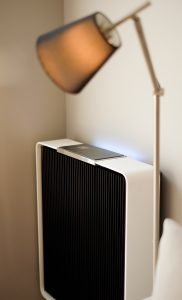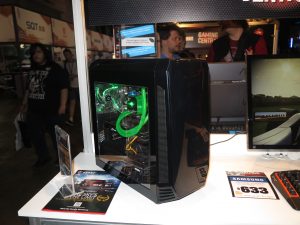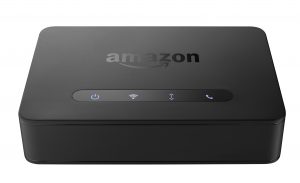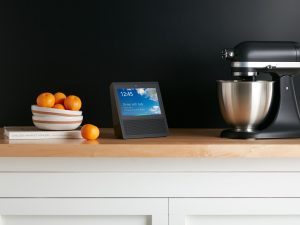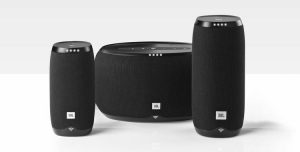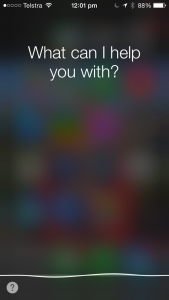Google to answer Amazon with their own express shopfront
Article
Walmart voice shopping on Google Home is now live | CNet
Anti-Amazon Alliance Ad Unites Google, Walmart, Target, Costco And More | AdAge
From the horse’s mouth
Google Express TV ad (North America) – Tap or click to play
My Comments
The voice-driven home-assistant war between Google and Amazon has heated up further. This time, it is taking place in the form of express online shopping services where you can ask the assistant to order common household items and have them delivered to you. Here, it is more focused on you knowing what you are after and wanting to purchase a particular item of a kind.
Amazon has established this service through the Prime marketplace which requires a paid membership with them. This works with the Amazon Dash “push-to-order” infrastructure which is based around network-connected buttons and appliances with similar functionality available from their control surfaces; along with their Alexa voice-driven home assistant.
But Google answered them by offering the Google Express online storefront which works with third-party retailers that have partnered with Google. There is no paid subscription or membership fee and the goods can be delivered for free subject to the retailer’s free-delivery requirements like minimum order value.
At the moment, Google Express is partnering with Walmart, Toys R Us, Costco, Whole Foods and Target; all who are household names in the USA. But Google has pushed out their Google Home voice-driven home assistant to other countries like most of Western Europe, Canada, Australia and New Zealand with some of these countries not yet supporting Amazon Alexa.
If Google wanted to establish local presence for Google Express with markets that have Google Home established, they would have to work with local household names in the retail scene. This may be about dealing with one or more local full-line supermarket / hypermarket chains who have a strong presence in these other countries as in Tesco or Sainsburys in the UK; Auchan or Carrefour in most of Continental Europe; or Coles or Woolworths in Australia.
Of course, a question that can be easily raised is whether the express online shopping platforms that Amazon and Google are pushing are being seen as an intent to “rub out” the convenience stores, mid-size supermarkets and the like that exist close to people’s homes. A similar question was raised regarding the arrival of automatic teller machines and their impact on smaller bank branches. Here, these machines were seen more as an “express” path or “always-available” path for the common bank transactions while the branches were able to serve people whose banking needs were met better through in a “face-to-face” manner. But in the case of the convenience stores and mid-size supermarkets, these places may suit people who prefer to visit a place and buy many goods or services or do their shopping “face-to-face”.
But operating Google Express as simply an “interface” storefront between their platforms and third-party retailers may allow them to deal with more of these retailers rather than run their own online store. As well, Apple, Microsoft and Samsung need to watch what is going on in this space especially as the idea of express online shopping is something that will be part of the competitive platform that is the voice-driven home assistant.


